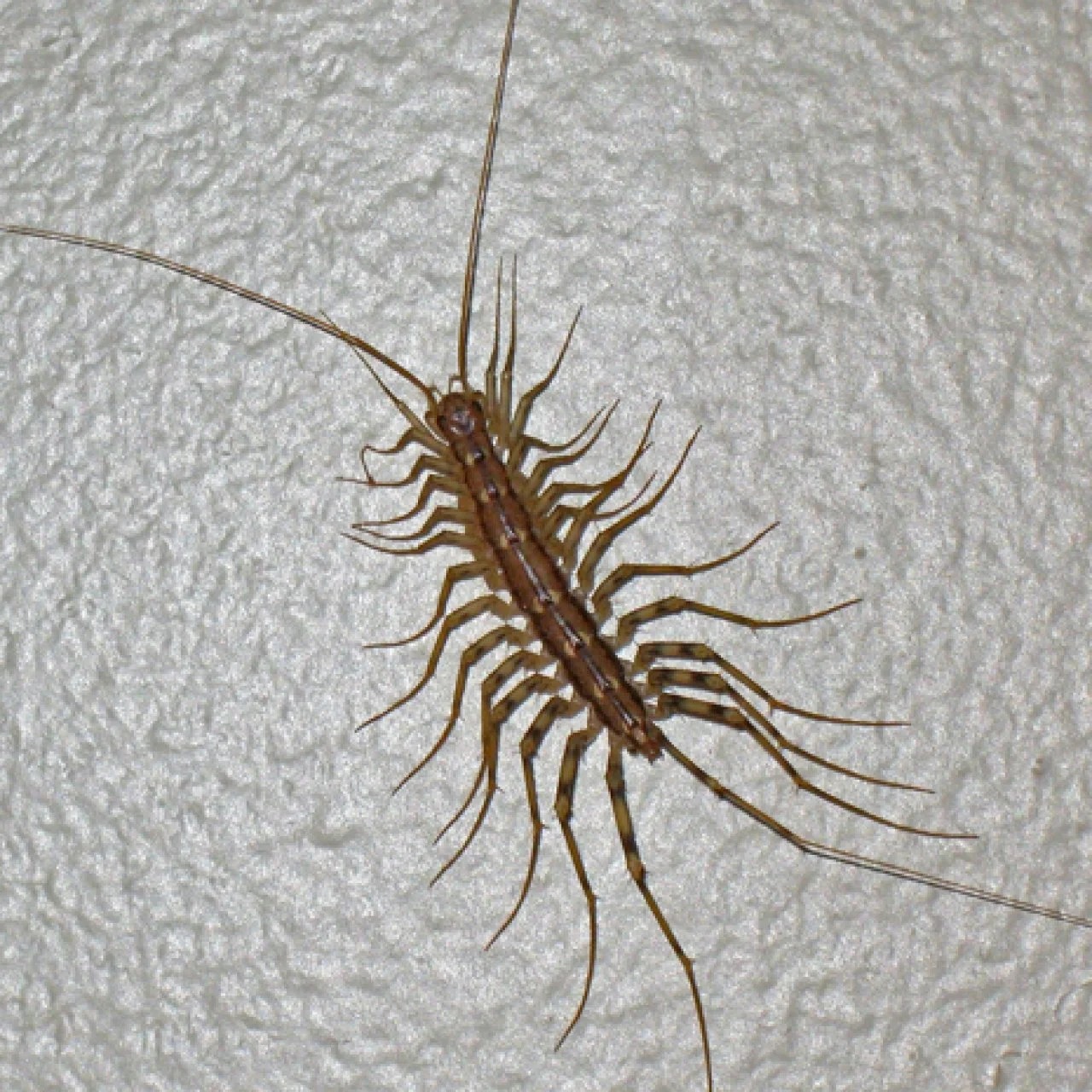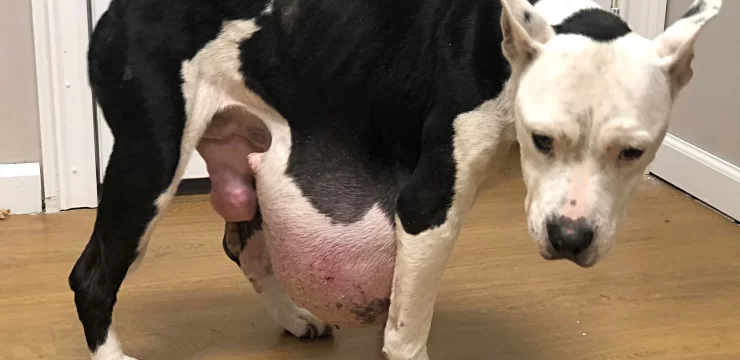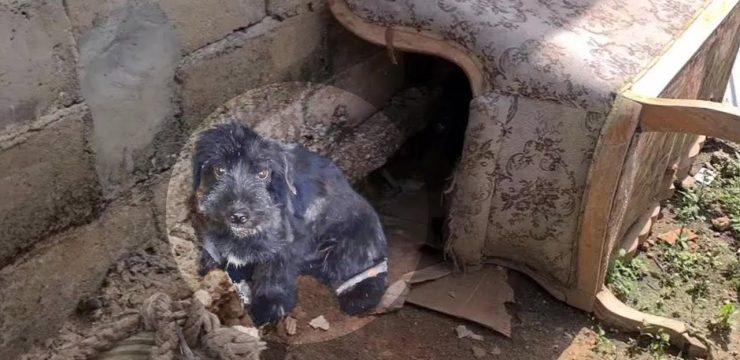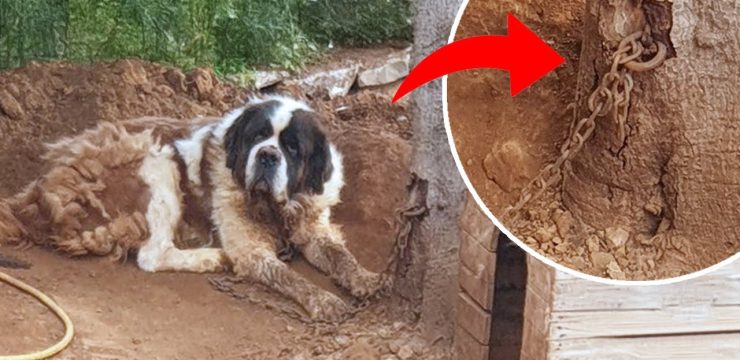When you encounter a creature in your home that resembles a centipede, your first instinct might be to squash it immediately. With their numerous legs and quick, erratic movements, they can certainly appear unsettling, even frightening. However, before you reach for that shoe or tissue, consider this: killing a house centipede might not be the wisest decision.
Though they may look like an unwelcome visitor, house centipedes can actually be beneficial to your home. Most of the time, centipedes are found in damp, dark areas, such as basements or bathrooms. These environments provide the moisture they need to thrive, and they’re also home to the pests that centipedes feed on. Their presence may not be appealing, but their role in controlling other insect populations can make them unexpected allies in keeping your home pest-free.

What makes house centipedes so good at controlling pests is the very thing that many people find intimidating about them: their speed, agility, and many legs. These characteristics allow them to move quickly and capture prey with incredible efficiency. A single house centipede can eliminate a wide variety of household pests, including spiders, ants, roaches, and even bedbugs. By doing so, they help reduce the presence of other pests that can be far more bothersome and potentially harmful than the centipede itself.
Imagine stumbling across a house centipede in your bathroom in the middle of the night. Its long legs and rapid movements might make your skin crawl, but what you might not realize is that it’s actively working to protect your home from other invaders. Every spider it catches or ant it eats is one less pest you’ll have to deal with later. In that sense, house centipedes are nature’s pest control technicians, working for free and with no harmful chemicals.
House centipedes are particularly effective hunters because of their unique anatomy and behavior. Their long legs allow them to move quickly, and their bodies are flexible, enabling them to navigate tight spaces where other insects might hide. They are nocturnal creatures, meaning they’re most active at night when many household pests are also on the move. This makes them incredibly efficient at reducing pest populations in areas where you might not even realize you have a problem.
In addition to their practical benefits, house centipedes are relatively harmless to humans. Unlike some of their more venomous cousins, house centipedes are not dangerous to people or pets. They do produce a small amount of venom, but it is only potent enough to affect the insects they prey on. Their mouths are not strong enough to bite through human skin, so there’s no need to worry about being bitten. In fact, the only real “danger” posed by a house centipede is the fright it might give you when it darts across the floor unexpectedly.
If you’re still not convinced and find the idea of sharing your home with house centipedes unbearable, there are humane ways to manage their presence. One of the most effective strategies is to reduce the humidity in your home. Since centipedes are drawn to moist environments, keeping areas like bathrooms, basements, and kitchens dry can make your home less appealing to them. You can achieve this by using dehumidifiers, fixing leaky pipes, and ensuring proper ventilation in areas prone to dampness.
Another method for dealing with house centipedes is to capture and release them. If you find a centipede in your home and don’t want to kill it, use a glass or a jar to trap it and then slide a piece of cardboard underneath to secure it. Once trapped, you can release the centipede outdoors in an area with moist soil, rocks, or vegetation, which will provide it with a suitable habitat. This allows the centipede to return to its natural environment, where it can continue to play its role in controlling pest populations.
It’s worth noting that house centipedes are not the type of pest to infest homes in large numbers. Unlike ants or roaches, which can form colonies and reproduce rapidly, house centipedes are solitary creatures. They are unlikely to cause an infestation, and their presence is often a sign that they’re helping to address an existing pest problem. If you notice more centipedes than usual, it might be an indication that your home has an abundance of other insects, which could signal the need for further pest control measures.
In many ways, house centipedes serve as an early warning system for homeowners. Their presence suggests that your home might have conditions that attract other pests, such as excess moisture or hidden food sources. By addressing these underlying issues, you can create an environment that is less inviting not only to centipedes but to pests of all kinds.
Ultimately, the decision of whether to coexist with house centipedes or remove them from your home is a personal one. While it’s understandable to feel uneasy around them, taking a moment to consider their benefits can help you make a more informed choice. Rather than reaching for a shoe or insect spray, ask yourself: is this centipede really causing harm, or is it simply doing its job as nature intended?
In conclusion, house centipedes may not win any beauty contests, but they are far from being the villains they’re often made out to be. They provide a natural, chemical-free form of pest control and pose no real threat to humans or pets. By tolerating their presence—or relocating them outdoors—you can benefit from their pest-fighting abilities without compromising your comfort. So, the next time you see a house centipede scurry across your bathroom floor, take a deep breath, put down the shoe, and consider letting it live to fight another pest-filled day.





